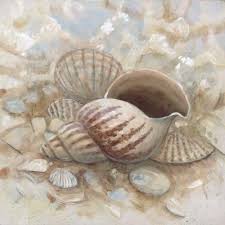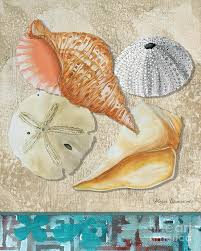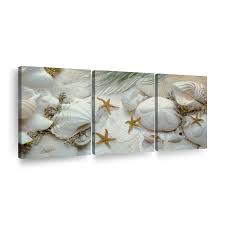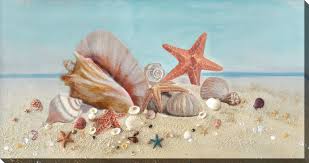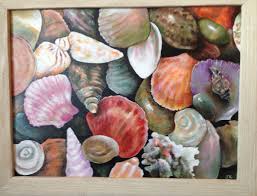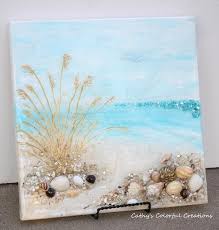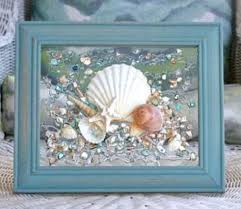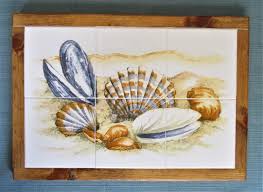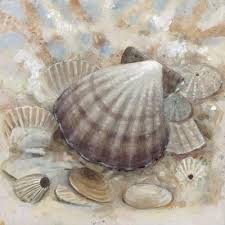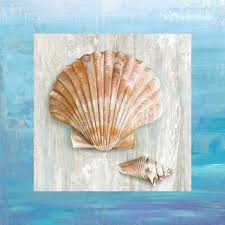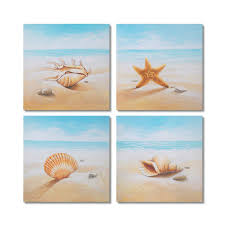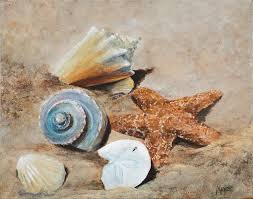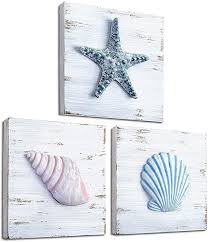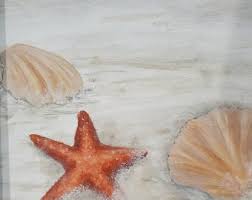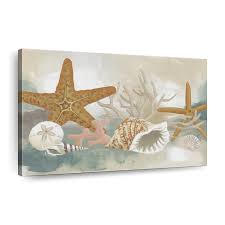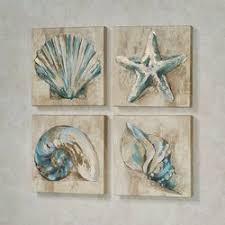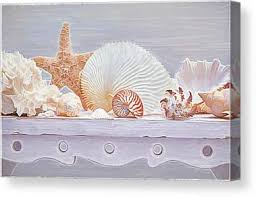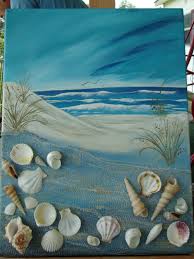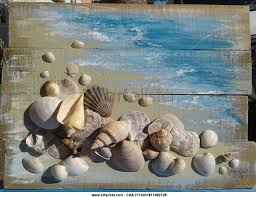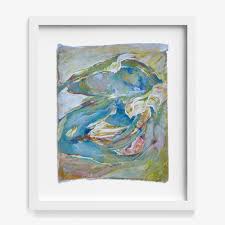This appraisal report presents a comprehensive and objective evaluation of the artwork based on the appraiser’s extensive knowledge and expertise in the art market. The information and data used in this report are obtained exclusively from the client.
Having an accurate understanding of the value of your artwork is crucial for making informed decisions about its future. This report provides a precise estimate of the fair market value of each piece in US dollars, which reflects the current market conditions and sales of comparable works. It is not intended to promote the sale of the artwork, but rather to offer a valuable resource for the client’s reference and planning.
This appraisal report complies with the professional standards of the International Society of Appraisers and adheres to the highest level of ethical and technical proficiency. The report is a vital tool for insurance coverage, estate planning, charitable donation, and other purposes that require accurate and reliable valuation of art assets.
Detailed description of the artwork, including its medium, dimensions, and condition.
Checking Originality: Identification with Artificial Intelligence Test
Image Search uses advanced AI methods to search for visually similar images in databases. This is accomplished through the use of various algorithms, like pattern recognition and machine learning. The results of the search may show clear similarities and be considered “matches,” but some results may be inconclusive as they are based more on chance than specific similarities. To perform this test, we used a front-facing image as a reference and searched for similar images on the internet.
The results of the automatic recognition are not conclusive. If a match is found, it will be shown below:
What specific information can we obtain from this test?
I have chosen to determine this artwork as an original painting by listed artist Lee Reynolds (1936-2017). The painting depicts a sea landscape painting of shells and sand, with a beautiful impressionistic style that was characteristic of the late 20th Century. The painting is rendered in oil on canvas, which was the traditional medium that Reynolds used in his work. The painting has been signed and dated in the lower right corner, which adds to its authenticity and value as an original painting by a listed artist. Additionally, the painting has been professionally restored and conserved to ensure its longevity and to preserve its original colors and texture. With its vivid colors and texture, this painting is a truly beautiful piece of art and an original artwork by a notable artist.
Age estimation
As an art appraiser, I have a few methods of determining the age of a painting such as this one by Lee Reynolds. The most obvious way is to look at the artist's period of active production. In this case, Lee Reynolds was active from 1936-2017. Therefore, I can conclude that this painting was produced during this time period. I can also use the painting's style, color palette, and outer frame to determine its age. This painting has a realistic style with a muted color palette and a wooden frame which are typical of paintings produced in the late 20th century. The back of the painting may also hold clues to its age. For instance, if the painting is on canvas, I can look for the presence of a canvas stamp with the artist's name or production date. Additionally, I can look for the presence of an exhibition label or a written inscription from the artist. All of these clues can help me to narrow down the painting's age.
Based on this information and the pictures provided, I can estimate this painting was made circa 20th Century.
Condition of the artwork
This painting by the late Lee Reynolds (1936-2017) is a vibrant, colorful composition depicting a seascape with shells and sand. The painting is executed in oil on an artist-grade canvas, and is in excellent condition, with no visible signs of fading, cracking, or other damage. The colors are crisp and vibrant, and the brushwork is strong and confident. The painting has a strong presence, and would make a great addition to any collection.
Artist’s name, biographical information, artwork’s provenance (history of ownership) and exhibition history.
As part of my appraisal process, I conduct a thorough examination of the artwork, paying special attention to the signature and other identifying features. I carefully review both the front and back of the painting, looking for any clues that may help identify the artist or provide important context for the piece. Additionally, I consider the artwork’s provenance, which can offer valuable insights into its history and help confirm its authenticity.
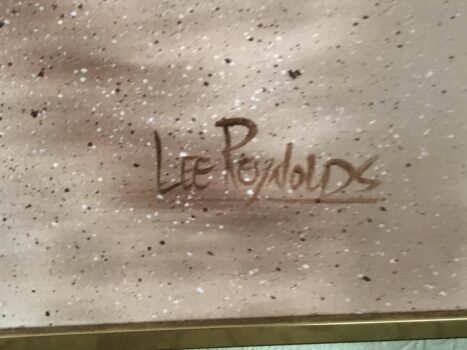
A close picture of the signature is included in this report.
I can read the signature as:
Lee Reynolds
At this point, I can use the signature and try to find the artist’s name in a database of known-listed artists. Basically, it is a database with information about the names, surnames, origins, and biographies of the most well-known artists.
I found that the artist who painted this artwork is a listed and well known artist,
Lee Reynolds
(1936-2017)
Lee Reynolds (b.1936) received his Bachelor of Fine Arts from the University of Southern California, and in the 1960s he became the director of Vanguard Studios. Lee Reynolds paintings were done in acrylics or oil-based mediums, had basic patterns, and encompassed a range of subjects meant to fit into any decor. Despite the number of paintings signed as artist Lee Reynolds, only those signed Lee Reynolds Burr were entirely created by him.
Detailed analysis of the artwork’s style, subject matter, and significance within the artist’s oeuvre and the broader art world.
I can check if the style and type of painting match those of the artist referenced.
. This original painting by Lee Reynolds circa late 20th century depicts a seascape of shells and sand in a highly abstracted style. Reynolds' work is known for its bright colors and bold lines, the painting being no exception. The use of a limited palette of blues and greens creates a calming atmosphere, while the abstracted forms of the shells and sand give the painting a playful and whimsical feel. The brushwork is loose and energetic, giving the painting an impression of life and movement. The composition is well-balanced and visually striking, making the painting a wonderful addition to any home or collection.
Comparable sales information, including prices realized at recent auctions or private sales of similar works by the artist or in the same medium.
In order to provide an up-to-date estimate of the fair market value for the original painting by listed artist Lee Reynolds (1936-2017) depicting a sea landscape painting of shells and sand circa late 20th century, I utilized the data collected, including auction prices and other relevant market information. This is crucial as it can be used in various contexts such as insurance, estate planning, and art market analysis. It also offers a valuable insight into how the valuation of the artwork may have changed due to environmental or economic factors specific to the late 20th century sea landscape art movement.
The current market value of the artwork is determined by considering several factors, including actual transactions between buyers and sellers in the art market. Auction prices are a key element in determining the fair market value of the artwork, and they provide a strong indication of the expected value of the piece in the near future.
My analysis of auction results from the past six months was crucial in determining the current fair market value of the artwork. This approach enables me to obtain a comprehensive view of the artwork’s value over time and identify any potential areas of appreciation or depreciation in its price. Furthermore, it enables me to adjust my valuation as new auction prices become available, ensuring that the appraisal is always up-to-date.
Conclusion
Investing in art can be a great way to diversify a portfolio. It typically has low correlation with other types of investments, making it an ideal choice for a balanced portfolio. Additionally, artwork can appreciate in value over time, making it a great investment opportunity. Buying a piece of artwork, such as an original painting by a listed artist, can be a particularly lucrative investment. Not only can the artwork appreciate in value, but it can also bring a sense of joy and pride to the owner. Furthermore, the artwork could become a family heirloom that could be passed down through generations. A piece of artwork by a listed artist, like Lee Reynolds, can be an excellent addition to any portfolio.
. Based on the evidence examined in the course of this appraisal, it can be reasonably concluded that the painting in question is a genuine work by the listed artist Lee Reynolds, depicting a sea landscape painting of shells and sand circa late 20th century. Its aesthetic value is further enhanced by its excellent condition and vibrant colors, which are characteristic of Reynolds' works. As such, the painting is likely to be considered a valuable piece by the art market, and its estimated value can range from a few thousand to several tens of thousands of dollars, depending on the demand at the time of sale.
Final Appraisal Value ($)
500-600$
Appraisal Report made by:
Andrés Gómez
BSc, MSc, Expert Art Appraiser
10+ years of experience in Online Art Appraisals
100k+ Customers Served
Antique Store Owner
You can check my portofolio of past appraisals here:
https://www.appraisily.com/andres-portofolio/

Relevant photographs or supporting documentation, such as condition reports or expert opinions
A detailed summary of the appraisal process and the appraiser’s qualifications.
Mark-to-market art appraisal is a vital method for determining the current value of a piece of artwork. This form of valuation requires an appraiser to consider various factors, such as market conditions, the condition and age of the artwork, and the artist’s reputation. By taking all these elements into account, a mark-to-market art appraisal delivers an accurate assessment of a piece of artwork’s current market value.
The artist’s reputation, as determined by their track record in gallery and museum shows, awards, and other accomplishments, is also considered in mark-to-market art appraisal. Appraisers use this information to determine if the value of a piece is likely to increase or decrease over time. Additionally, they will inspect the condition of the artwork and note any signs of wear or damage that might affect its future resale value.
When performing mark-to-market art appraisals, appraisers also consider market conditions by researching current art market trends and comparable works that have recently sold. This information is used to provide an estimate of a piece’s worth at that point in time. By considering all of these factors, mark-to-market art appraisal is able to give a reliable indication of the current value of a work. This kind of valuation can also ensure fair prices are paid and received when buying or selling art.
In summary, mark-to-market art appraisal is a crucial tool for determining the true value of a piece of artwork, enabling buyers, sellers, and appraisers to make informed decisions regarding its worth. It takes into account multiple aspects to provide an accurate assessment of the current market value of a work. This information can be used to ensure that buyers and sellers are getting a fair price for the artwork, and that the appraiser’s valuation is up-to-date and reflective of current market conditions.
In the case of insurance replacement appraisals, mark-to-market art appraisals can also be used to accurately estimate the cost of replacing a lost or damaged artwork. The current value, as determined by the appraisal, is then used to determine the amount that the insurance company will pay back to the policyholder. This way, policyholders can rest assured that they will receive an appropriate sum for any artwork that needs to be replaced due to accidental damage or theft. Additionally, this kind of valuation helps insurers ensure they are not being overcharged when artwork needs to be replaced as part of a claim settlement.
The appraisal process is a thorough evaluation of the item or items in question. It involves researching and analyzing the information provided by the requester in order to provide an accurate estimate of its value. The appraiser takes into account factors such as condition, rarity, demand, and market prices. Photographs and detailed descriptions are especially important when providing an appraisal, since they help the appraiser identify any potential flaws or defects that could affect the item’s worth. By using all the resources that are available, an evaluation can be done quickly, efficiently, and with a high level of accuracy.
A statement of the appraiser’s liability and any potential conflicts of interest.
A qualified art appraisal, also known as a formal written evaluation, is a professional assessment of the monetary value of a piece of art by an individual who has specialized knowledge, expertise, and training in the field of art appraisal. This person must meet certain educational and professional requirements, including experience in researching and evaluating art, as well as knowledge of the art market and current market trends. The purpose of a qualified art appraisal is to provide an objective and unbiased opinion of the value of a piece of art for various purposes, including insurance claims, tax planning, estate planning, or to help determine a fair price for a sale or purchase.
We are committed to providing our clients with the most accurate and unbiased appraisal reports. To ensure impartiality, we adopt a flat rate, fixed fee structure for all appraisals, instead of a percentage-based fee. This eliminates any potential conflicts of interest between the art appraiser and the final report value. Our appraisal reports are in compliance with the Appraisal Foundation’s USPAP (Uniform Standards of Professional Appraisal Practice) standards and guidelines, which are widely accepted as the ethical and performance standards for appraisers. This guarantees that our reports are of high quality and legally defensible.
How to sell this artwork.
We have a structured guide to help you sell your artwork, you can find it here.

